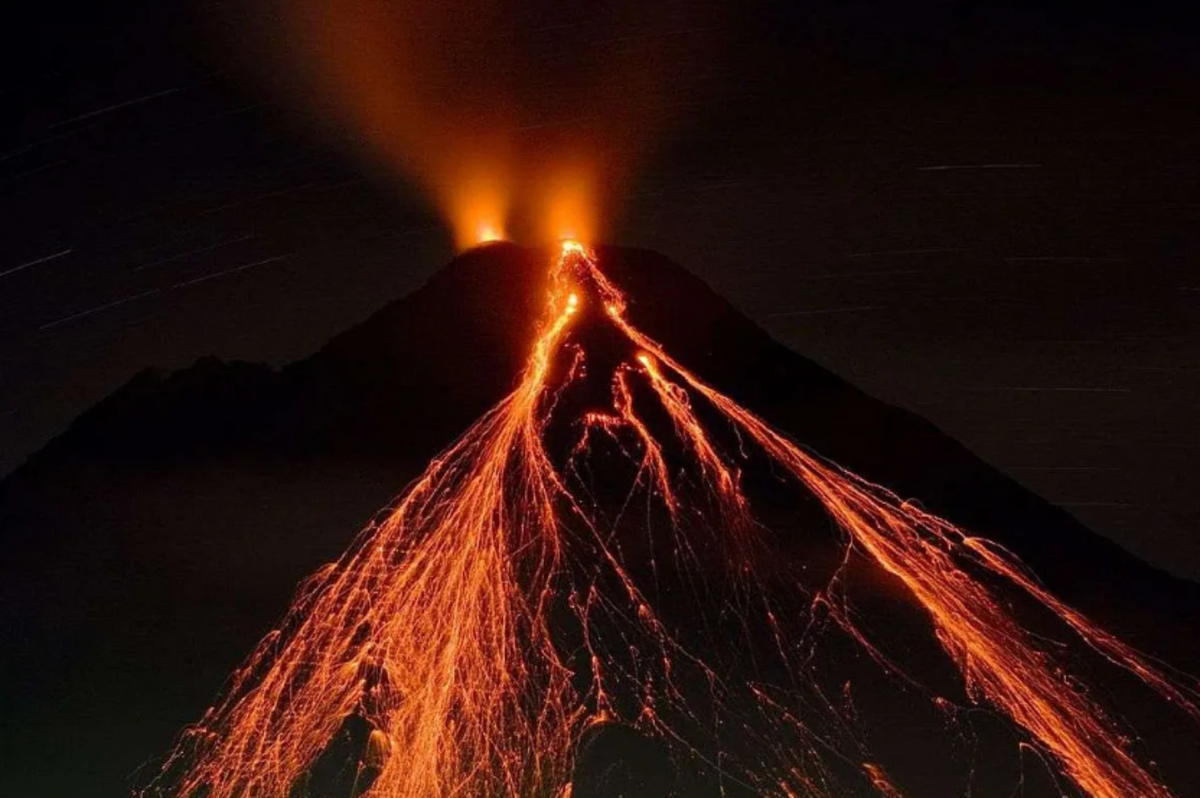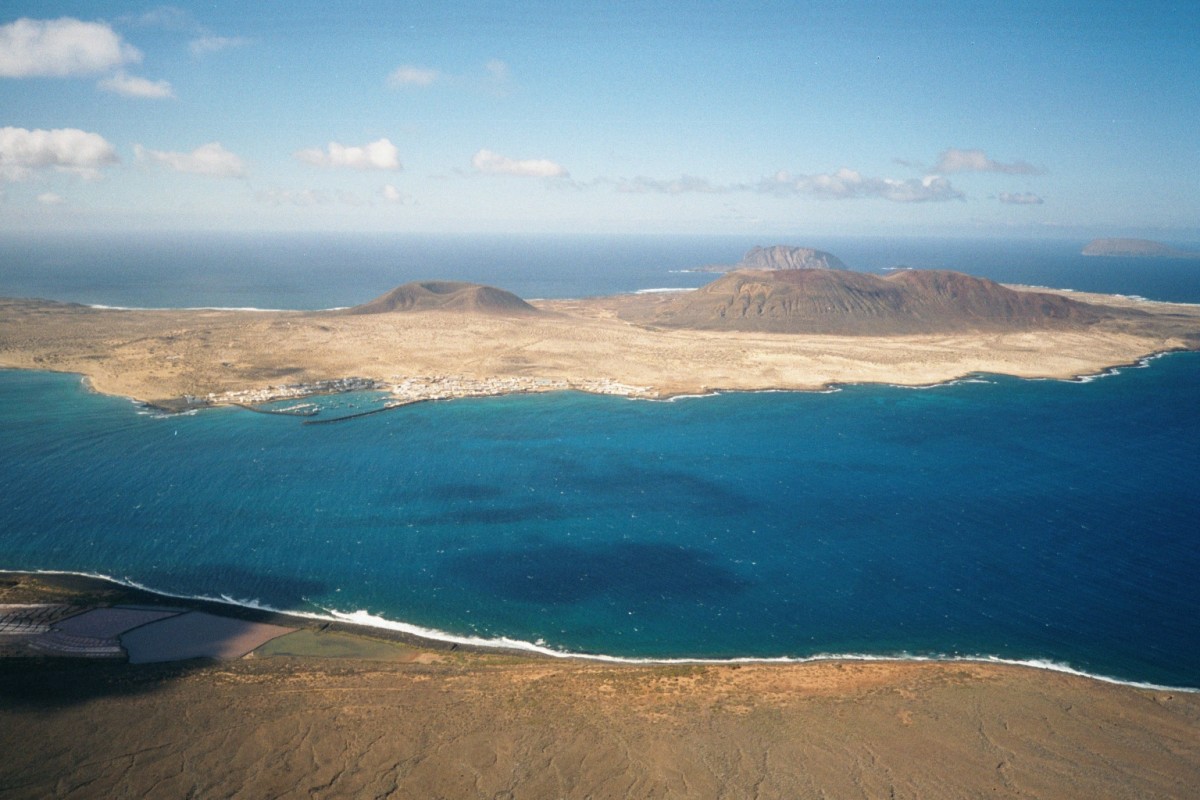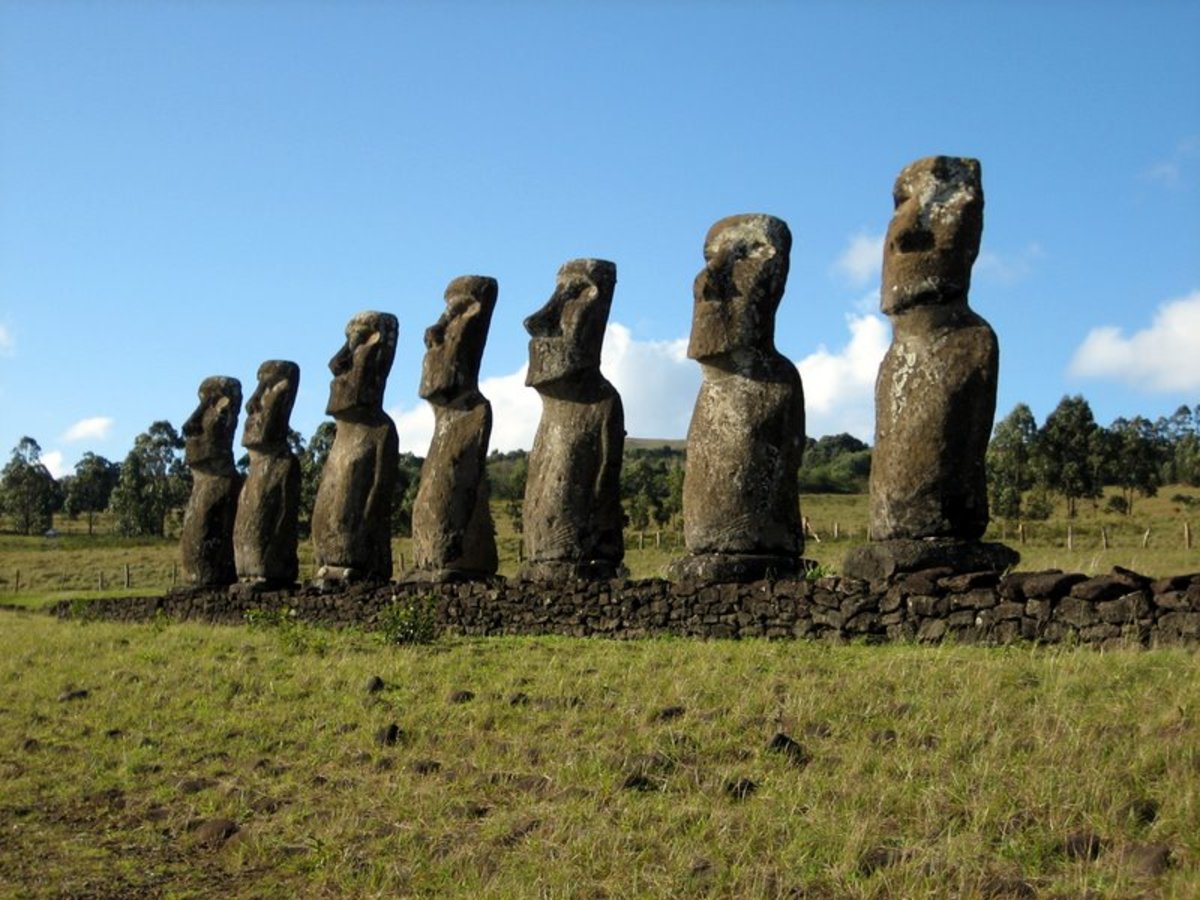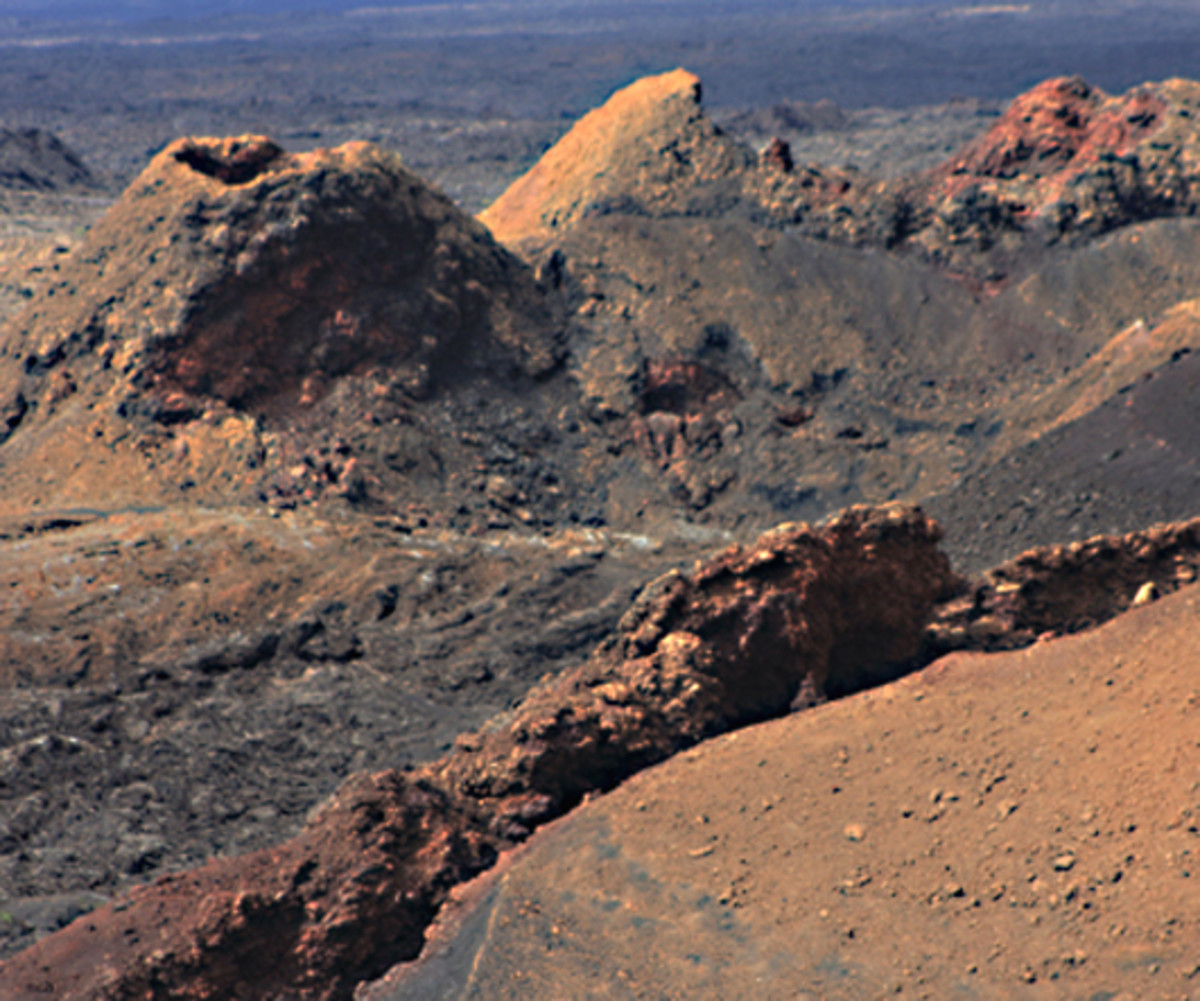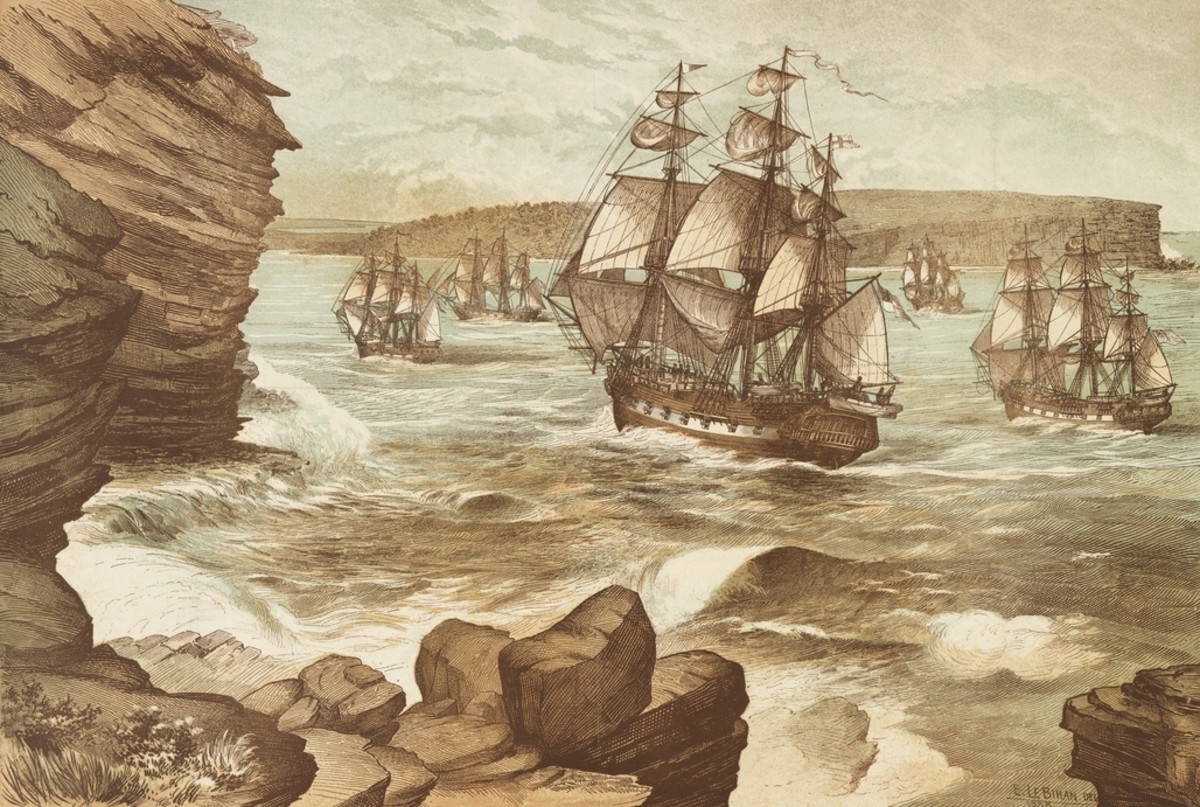3 ways that islands are formed
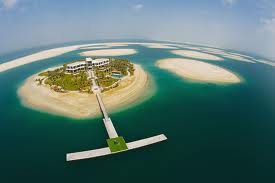
CORAL
Millions and millions of chalky skeletons, deposited by tiny animals that live only in shallow tropical waters, lock together to form huge coral reefs. Coral islands, such as the Maldives in the Indian Ocean and the islands of Australia's Great Barrier Reef, are the tips of reefs built during periods of warm climate, when the polar ice caps were smaller and sea levels higher. Dead reefs now deep under the sea grew during the Ice Ages, when sea levels were lower.
MOUNTAIN
Many islands, such as the Hebrides off the northwest coast of Scotland, are really the tops of submerged mountains. The mountains became surrounded by water when rising temperatures ended the last Ice Age about 10,000 years ago, lifting sea levels by about 100m (330ft).
VOLCANIC
At weak points in the Earth's crust. erupting volcanoes form islands like Surtsey, off Iceland, and Hawaii, in the Pacific, by forcing millions of tonnes of molten rock and ash from deep in the Earth up through the sea. Once cooled, the new land is colonised by plants and animals.
The world's loneliest people live on the British dependency of Tristan da Cunha. Their nearest neighbours are 2120km (1320 miles) away on St Helena, where Napoleon died in exile after Waterloo. After a volcanic eruption in 1961. the Tristan islanders were all evacuated to Britain. Most went back two years later, however, after the danger had passed. Life in Britain, they found, was too hectic for them.
Weather conditions hundreds of years ago can be plotted by scientists studying coral islands and the reefs that surround them. Marine biologists know that layers of darker- coloured corals form when conditions are unfavour- able - as a result of cold periods, say, or pollution. By analysing these layers in 3m (10ft) cores of coral from Florida, USA, covering 360 years of growth, scientists have been able to identify years when there were cold fronts and storms, air pollution, and even - in recent years - radioactive fallout from nuclear weapons tests.
Colonies of animals cut off on islands by rising sea levels tend to evolve into smaller species than their continental cousins. Increased competition for food in a confined space and fewer predators tend to favour smaller individuals. Dwarf island species that exist today include the key deer of the Florida islands, the sika deer of Japan and the dwarf buffalo of the Celebes. In the past 2 million years, miniature elephants and hippopotamuses, now extinct. also evolved on Mediterranean islands and tiny mammoths lived on the Channel Islands off southern California.
In 1883. the Indonesian island volcano of Krakatoa exploded. blowing 25km' (5 cubic miles) of the island into the air. A sterile carpet of ash and pumice rained down on the island. obliterating all life forms. Just nine months later. a solitary spider was found spinning its web among the desolation for non-existent prey. But the island was recolonised with astonishing speed, After three years. II species of fern and 15 flowering plants were growing on Krakatoa, After ten years there was enough vegetation to hide the scars of the explosion, and in 1908. naturalists counted 263 living species. including 16 birds, two reptiles and four land snails. Forty years after the eruption. Krakatoa was covered once again in lush forest. supporting 1200 species of animals, including pythons, bats and rats.

